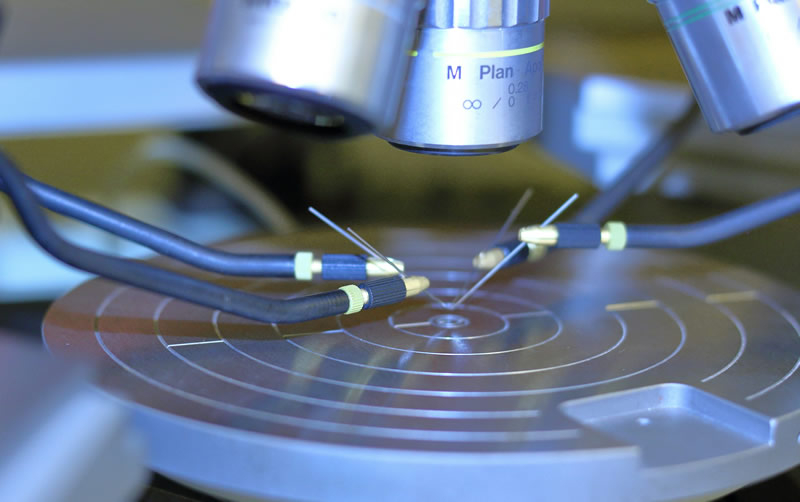Corning, the US manufacturer of tempered Gorilla Glass for mobile devices, will receive $32 million in CHIPS and Science Act funding to produce components used to make semiconductor chips.

Image source: L N/Unsplash
According to TechSpot, the company has already signed a preliminary agreement with the US Department of Commerce providing for direct financing. The funds will be used to expand production of high-purity synthetic fused silica (HPFS) and ultra-low expansion (ULE) glass used in deep ultraviolet (DUV) and extreme ultraviolet (EUV) lithography equipment.
The Commerce Department said these materials are key components in lithography equipment and ensuring reliable domestic supplies could significantly strengthen America’s position in this segment. Meanwhile, Corning’s expansion at its existing plant in Canton, New York, will create more than 175 construction jobs and at least 130 high-wage manufacturing jobs.
At the same time, Corning faced difficulties in Europe. The European Commission has launched an investigation to find out whether the company violated antitrust laws by holding a dominant market position as a supplier of protective glass for smartphones. “The Commission wants to know whether Corning’s deals with phone makers and raw material suppliers harm competition and ultimately consumers,” said outgoing EU competition chief Margrethe Vestager. According to the department, there is concern that crowding out competitors could deprive consumers of both cheaper and more durable alternatives.
Recall that Corning has been a key player in the smartphone market since the mid-2000s. In the 1960s, the company developed a formula for tempered glass that was three times stronger than chemically treated soda-lime glass, but found no use for it. However, the situation changed when Steve Jobs, Apple’s CEO, turned to Corning during the development of the first iPhone. Since then, the company has been actively involved in the global smartphone industry, and in 2021, Apple invested an additional $45 million in the company, gradually bringing its total investment to $500 million.